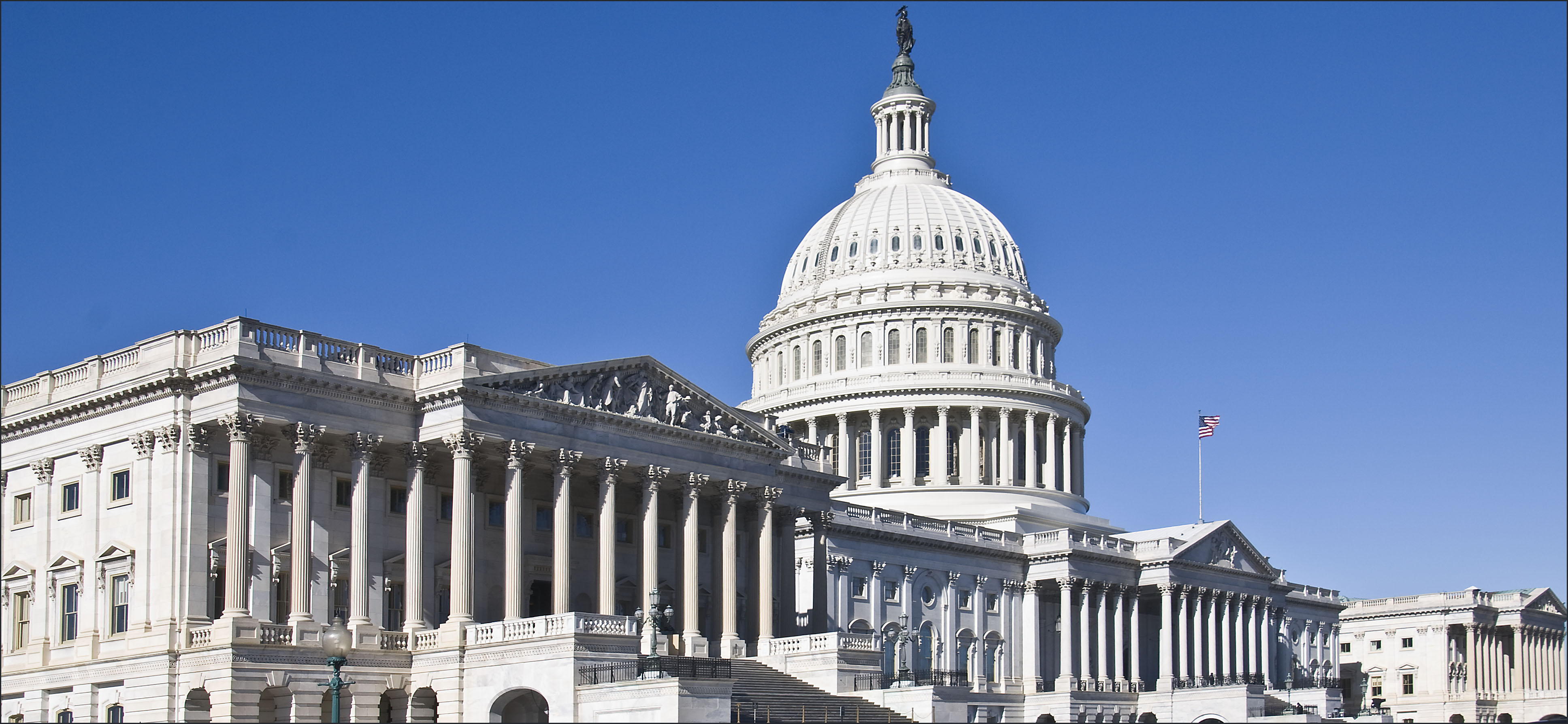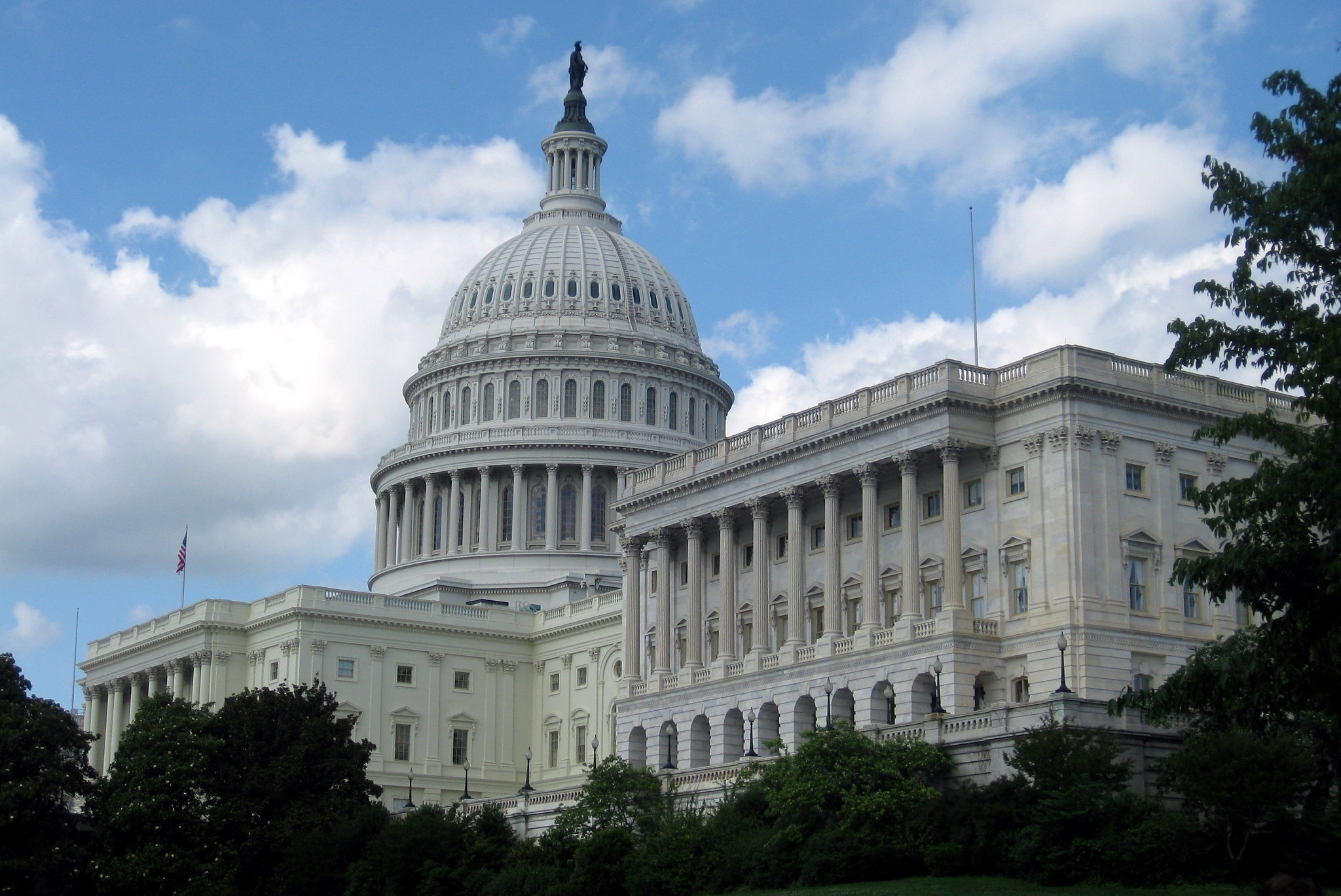Toward a Different Kind of Transparency
Over the last year and a half, the intelligence community has released a significant amount of previously classified material in an effort to be more transparent regarding matters pertaining to foreign intelligence surveillance activities, generally, and the use of the Foreign Intelligence Surveillance Act (FISA) in particular. “Significant” is an understatement; the releases represent a fundamental and possibly irreversible presumption in favor of declassification in the perceived public interest.
Published by The Lawfare Institute
in Cooperation With

Over the last year and a half, the intelligence community has released a significant amount of previously classified material in an effort to be more transparent regarding matters pertaining to foreign intelligence surveillance activities, generally, and the use of the Foreign Intelligence Surveillance Act (FISA) in particular. “Significant” is an understatement; the releases represent a fundamental and possibly irreversible presumption in favor of declassification in the perceived public interest. These releases are part of the overall transparency initiative that is one result of the Snowden disclosures. Given the circumstances, the intelligence community and its lawyers likely assessed that the disclosures were, and will continue to be, necessary in order to rebuild and maintain confidence in the nation’s foreign intelligence surveillance activities.
As more distance develops between the initial Snowden disclosures and the present, though, I wonder whether the public really cares. And I wonder also whether, despite the great interest in these disclosures from certain communities, there isn’t a different path towards transparency that would be more meaningful in the long run from the general public’s perspective.
By way of example: in late June 2014, the intelligence community publicly reported numbers of orders, targets and requests for information under various provisions of FISA and using national security letters. The release provided insight into the intelligence community’s use of legal authorities that have been subject to debate over the previous year, and contained statistics that had not previously been declassified and released to the public. The report revealed, among other things, new public information regarding orders under FISA for content, as well as pen register/trap and trace surveillance and requests for business records. Still unsatisfied, earlier this month Twitter filed suit against the government challenging its assertion of classified information regarding information Twitter wants to include in its own transparency report. Without weighing in on the merits of Twitter’s claims or the government’s position, it seems reasonable to conclude that no matter where the government draws the lines on transparency reporting, some companies will view those lines as arbitrary---an infringement on their abilities to do business, at best, and a suppression of their legal rights, at worst.
So what would be enough? Perhaps, from a policy perspective, it has less to do with statistics and more to do with substance.
In his speech at Brookings last month, Former NCTC Director Matt Olsen took a strong step in this direction by laying out what the intelligence community knows about the terrorism threat that the Islamic State of Iraq and the Levant (ISIL) poses, and providing context for the current situation in Iraq and Syria. Director Olsen cited the 9/11 Commission status report issued in July, which encouraged national security leaders to talk more publicly about the terrorism threat. The report received little attention. The 9/11 Commissioners have been consistent over the past decade since their original 2004 report in warning about public fatigue, as well as a lack of urgency on the government's part, in continuing efforts to counter the global Islamist terrorism threat. In describing why the President needs to better explain the need for Intelligence Community activities such as surveillance, the July 2014 status report, Today’s Rising Terrorist Threat and the Danger to the United States: Reflections on the Tenth Anniversary of the 9/11 Commission Report, states: “Senior leaders must now make this case to the public. The President must lead the government in an ongoing effort to explain to the American people-in specific terms, not generalities-why these programs are critical to the nation’s security. If the American people hear what we have heard in recent months, about the urgent threat and the ways in which data collection is used to counter it, we believe that they will be supportive.” (Status Report at p.27)
Although the DNI issues a lengthy statement each year on worldwide threats, the document and accompanying congressional hearing rarely make much news. There must be a better way to communicate to the public the value that the 48-plus billion dollar intelligence industry provides to policymakers, and to the nation’s security.
To summarize, what we have seen in the past year and half are perhaps four developing paths towards greater transparency: The first is executive branch declassification as a result of and in response to unauthorized disclosures. (Read: the government’s arm was twisted.) The second is public release, either by the government or by the private sector, as a result of litigation initiated by communications companies. (Read: the government’s arm was twisted.) The third is future declassification as a result of legislation that would direct the executive branch to release more information publicly. (Read: one branch of government will twist another branch’s arm.) The fourth is more nuanced, but could be the most meaningful kind of transparency, and one that can be led by government efforts, not imposed by crisis or outside demands: substantive transparency about what the intelligence community actually knows about national security threats, how the United States interprets this information, and how that interpretation is connected to policy choices. This is probably the hardest to achieve in terms of balancing the need to protect national security information, but may be the most worthwhile area to spend time on. Guiding principles in pursuing this path should be that the information conveyed to the public should be timely (that is, relevant to current world events); accurate (that is, vetted, not crisis driven and requiring retraction or revision a few days later); and meaningful (that is, it usefully contributes to the domestic and international public debate). It is worth thinking more about, at least.
Carrie Cordero is a Senior Fellow at the Center for a New American Security. She is also an adjunct professor at Georgetown Law, where she previously served as Director of National Security Studies. She spent the first part of her career in public service, including as Counsel to the Assistant Attorney General for National Security; Senior Associate General Counsel at the Office of the Director of National Intelligence; Attorney Advisor at the Department of Justice, where she practiced before the Foreign Intelligence Surveillance Court; and Special Assistant United States Attorney.




-final.png?sfvrsn=b70826ae_3)
